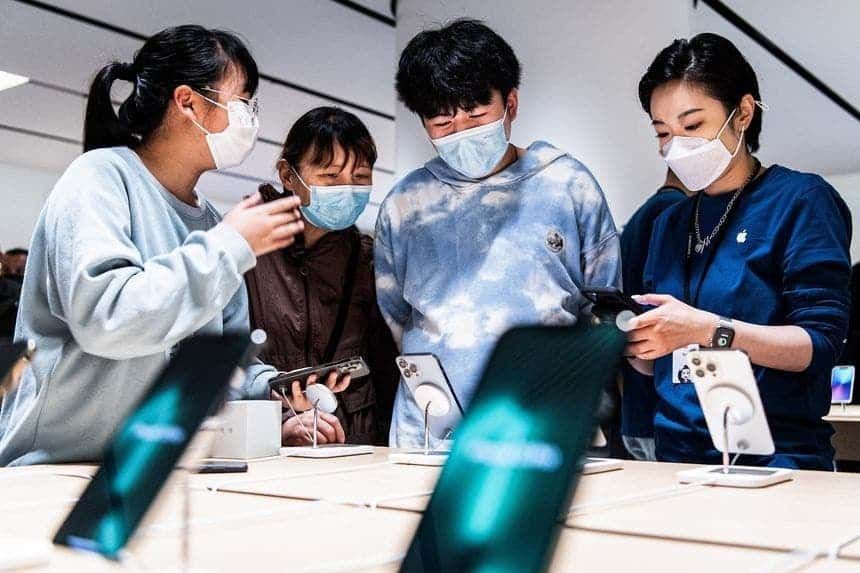As pandemic-related restrictions are gradually lifted, Chinese consumers are cutting back on spending, and demand for smartphones in China is falling as a result. Because of this, the largest manufacturers of finished products and components were forced to take retaliatory measures.
According to the China Academy of Information and Communication Technology (CAICT); smartphone shipments in China in April amounted to 17.7 million units; which is 34% less than the same period last year. We also note a decline when analyzing the dynamics of the market since the beginning of the year. 86 million devices and a reduction of 30%. At the end of April, Apple warned that due to the latest wave of Chinese lockdowns; sales revenue for the quarter could decrease by $ 8 billion. Xiaomi's report turned out to be sad: 11% drop in revenue from smartphone sales in the first quarter compared to the same period last year - and again, according to the manufacturer, the lockdowns are to blame, which gave rise to a crisis in logistics, closed stores and a shortage of components.
Pessimism is shared by SMIC, China's largest contract semiconductor manufacturer. The company said that industry forecasts for the release of smartphones were overstated; and in 2022 it will produce 200 million units less. Zhao Haijun, one of the leaders of SMIC, recalled that Chinese phone manufacturers will have to take a significant part of this decline.
Demand for smartphones is falling, after the lift of pandemic restrictions in China

The fall in demand for smartphones signals a deeper problem - a general slowdown in the growth of the world's second economy. China accounts for about 20% of the world's smartphone shipments; according to Taiwanese market research firm TrendForce, and negative trends here are hitting global electronics manufacturers. Analysts and industry executives believe that the crisis will hit the segment of low-cost devices the hardest. Consumers with low incomes choose them, and they are the first to start reducing costs in the face of economic uncertainty.
Ming-Chi Kuo, an analyst at Hong Kong-based TF International Securities; who specializes in working with supply chains, is confident that Xiaomi, Oppo and Vivo will suffer the most from falling demand for smartphones. Apple, whose lineup is predominantly concentrate in the upper price segment; may feel relatively safe, although it is possible that it may affect sales of the less expensive iPhone SE. By the way, it has already become known that the company is going to ship the same number of devices as it did a year ago.
Xiaomi, Oppo and Vivo have cut their smartphone shipment plans by 270 million units this year; according to the analyst. TrendForce calculated that in the first quarter, the global smartphone market decreased by 7%; compared to the same period last year; We expect that 1.33 billion smartphones will be be in sale in 2022; but this forecast has already got reduction twice by 50 million units.
So, with all this, analysts say, we should not expect the global shortage of chips should to ease in the short term; the global auto industry still has to fight for them; and it will be difficult for semiconductor manufacturers to quickly retrain.






Place comments
0 Comments
You are currently seeing only the comments you are notified about, if you want to see all comments from this post, click the button below.
Show all comments